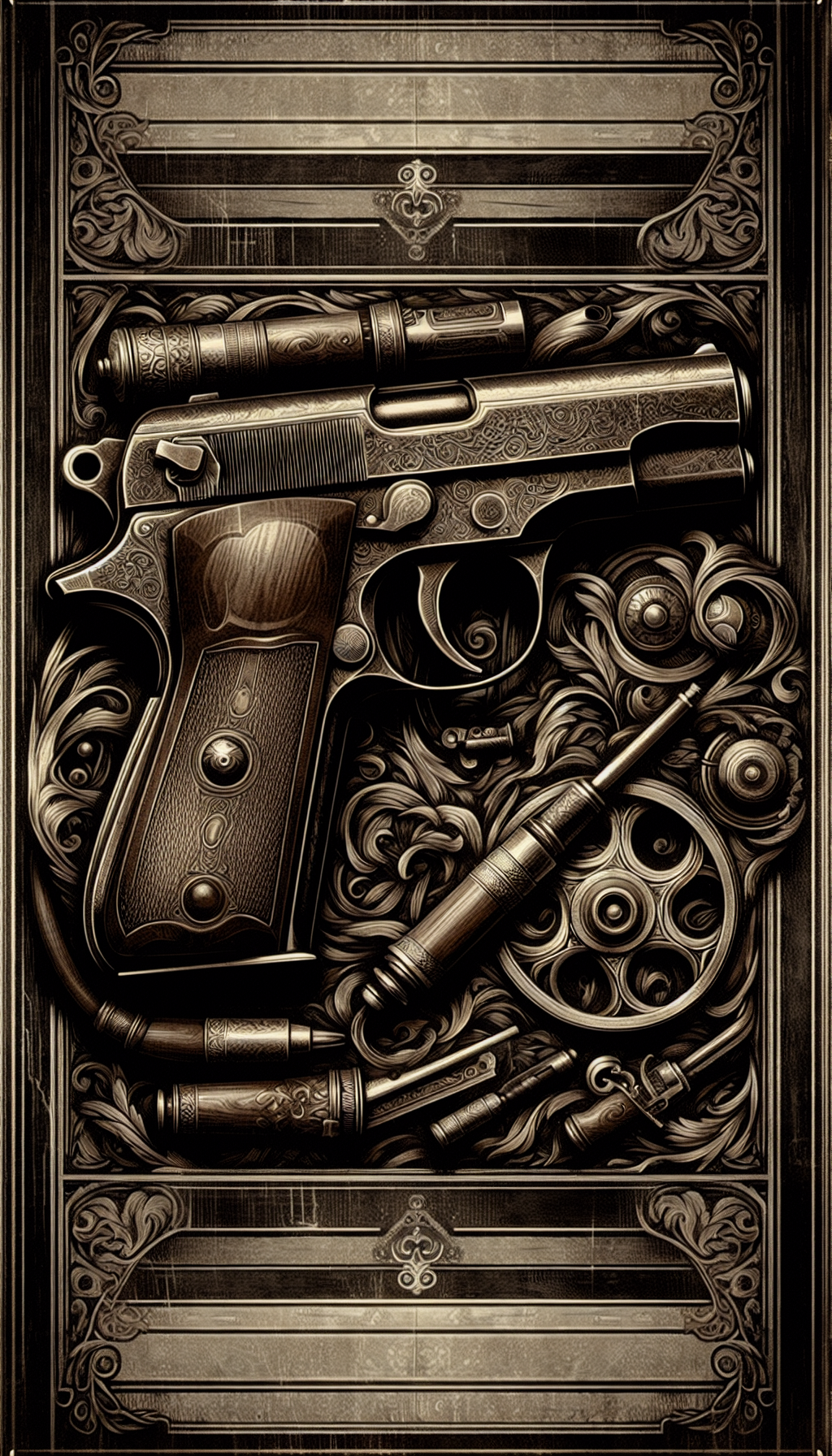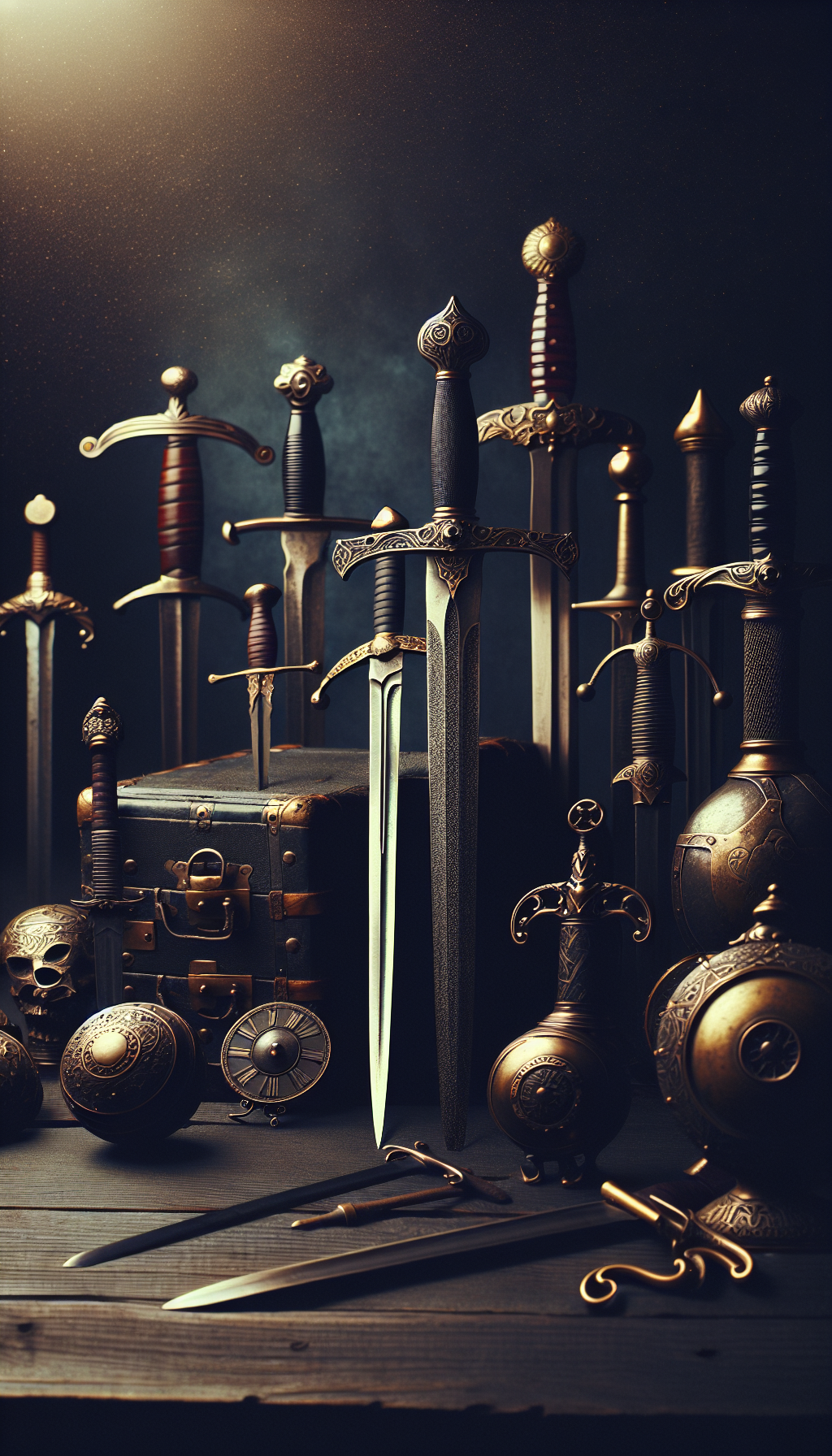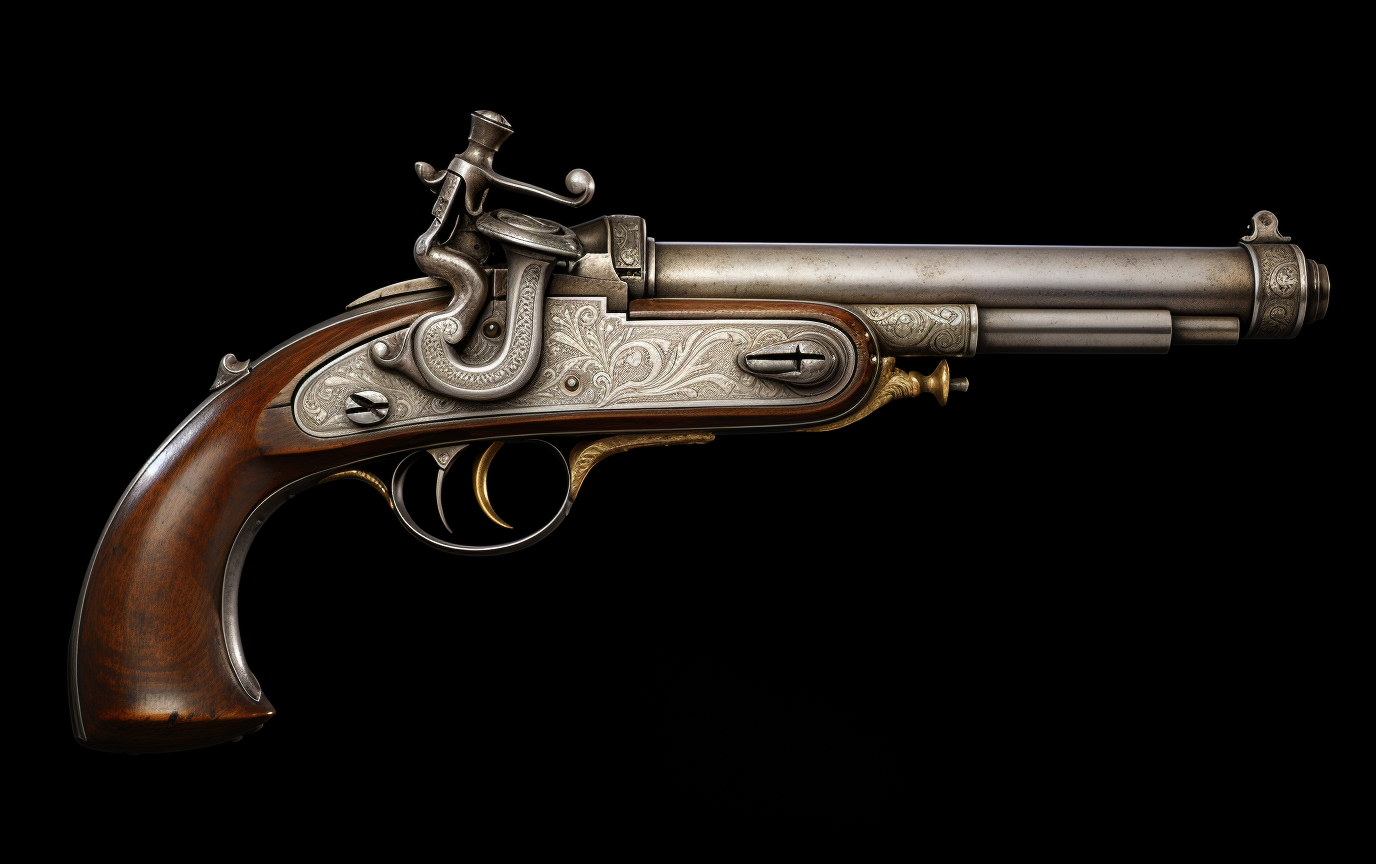Antique Circa Early 20th Century Panabas
An early 20th-century panabas is a two-handed, forward-weighted chopping sword associated with the Muslim ethnolinguistic groups of Mindanao and the Sulu Archipelago—principally the Maranao, Maguindanao, Iranun, and Tausug. To collectors of ethnographic arms, an authentic period panabas offers a compelling blend of battlefield function, cultural artistry, and colonial-era history. This guide focuses on identifying, dating, appraising, and caring for examples made or used circa 1900–1940, the years spanning the late Spanish period, the Philippine–American War, the Moro Rebellion, and U.S. colonial administration.
Historical Context and Cultural Significance
- Regional role: The panabas occupied a niche as a heavy chopper—more akin to a sword-sized billhook or falchion than a saber—valued for decisive cutting power. It is distinct from the short, broad barong and the long, relatively straight kampilan.
- Martial and status use: Period accounts from colonial observers often emphasize its battlefield and punitive roles. Executionary associations are sometimes overstated in modern retellings; better to frame the panabas as a martial and status weapon with formidable cutting capability and a presence in local justice and warfare.
- Early 20th-century circulation: The U.S. colonial era (1898–1946) brought constabulary campaigns in Mindanao and Sulu. Many panabas entered American and European collections as servicemen’s “bringbacks,” souvenirs purchased locally (“Moroland” items), or objects traded through Manila curio dealers. Objects with documented service provenance or family history can be more valuable and historically significant than anonymous examples.
Construction, Materials, and Variants
A period panabas is all about mass, leverage, and locally available materials paired with skilled hand-forging. Recognizing construction patterns is essential for authentication and appraisal.
Blade geometry
- Single-edged, with pronounced belly toward the forward third; the edge sweeps into a powerful cutting curve.
- Spine typically thick at the base, with noticeable distal taper toward the tip; cross-sections often show convex faces leading to a rolled or appleseed edge profile.
- Blade length commonly 45–60 cm (18–24 in); maximum width 6–12 cm (2.5–5 in). Overall length is usually 95–120 cm (37–47 in), with some longer outliers.
- Weight and balance favor forward momentum; many examples fall in the 1.2–1.8 kg (2.6–4.0 lb) range.
Steel and finish
- Laminated construction is common, using layered steels and irons. Under old patina or a careful etch, you may see subtle longitudinal lamination lines; they are usually quieter than the bold “pamor” patterns seen in kris blades.
- Field sharpening marks near the edge, uneven filework at the ricasso (if present), and minor forging waves are normal in hand-made blades.
- Tempering can produce faint, irregular transition zones; don’t expect a crisp hamon as on Japanese swords.
Hilt (handle)
- Long, two-handed grips carved from dense hardwoods such as narra, banati, or kamagong. Expect straight to slightly tapered cylinders.
- Rattan or fiber bindings stabilize the grip and improve traction; aged rattan darkens to honey-brown or deep umber, often with shrinkage gaps.
- Stacked metal ferrules or bands—brass, copper, nickel silver, and occasionally silver—reinforce the junction near the blade. Some bands are repurposed from locally available coinage.
- Attachment is typically a hidden tang set with plant resins and wedges; on some, the tang is peened over a washer or plate at the butt.
Scabbards
- Many panabas circulated without a scabbard; when present, scabbards are usually plain wooden sheaths or simple slings. Matching original scabbards on large examples are infrequent and can add value.
Regional aesthetics
- Maranao and Maguindanao work may show okir-influenced motifs (flowing vegetal patterns) on metal bands or hilt collars.
- Tausug and Iranun examples can be plainer but robust, with bold blade profiles and practical rattan work.
Identification and Dating Clues
Differentiating an early 20th-century field-grade panabas from later tourist or ceremonial pieces requires attention to proportion, materials, workmanship, and wear.
Distinguishing from other Moro swords
- Barong: Shorter blade, leaf-shaped, very broad near the middle, and a compact grip with pronounced pommel forms. Not two-handed.
- Kampilan: Longer, straighter blade with a flared tip and characteristic bifurcated or zoomorphic pommel; often a partial guard. Very different silhouette.
- Panabas: Two-handed hilt, deep forward belly, chopping geometry, and overall “axe-like” intent without a true axe head.
Dating indicators for circa 1900–1940
- Coin-derived ferrules: Bands made from Spanish–Philippine coinage suggest pre-1898 roots; U.S.–Philippine coinage (1903–1945) aligns with early 20th-century construction or repair. Look for reeded edges or faint numerals.
- Rattan aging: Natural darkening, microcracking, dirt ingrained into interstices, and occasional insect nibbling indicate age. Bright, uniform rattan often signals recent replacement.
- Tooling and taper: Hand-filed plunge lines, complex distal taper, and a convex edge are period hallmarks; flat, machine-like bevels with minimal taper are common in late tourist-grade blades.
- Patina layering: Stable dark gray/black oxidation with localized brown freckling is typical. Vivid chrome-bright finishes, mirror polishing, and grinder striations perpendicular to the edge often indicate recent manufacture or aggressive refinishing.
- Bringback evidence: Carved “Moroland” labels, unit anotations, shipping tags, period photos, or letters accompany some early 20th-century examples. Even a penciled inventory number from an old fraternal lodge or G.A.R. hall can matter.
Provenance that adds value
- Named servicemen (U.S. Army, Navy, Constabulary), dated photos, dated bills of sale from Manila or Zamboanga curio shops, or museum/dealer labels pre-1950 are strong.
- Provenance should be documented with scans or photos stored separately; avoid writing directly on the artifact.
Red flags
- Overly light, whippy blades with flashy polishing and decorative but soft metal bands.
- Chrome plating, machine serrations, or welded-on “tangs.”
- Contemporary tourist inscriptions mimicking early “Moroland” carvings but with modern fonts or English phrasing that feels off for the period.
Valuation drivers (in brief)
- Authenticity, blade quality and mass, presence of silver or fine metalwork, originality of rattan and ferrules, matched scabbard, and strong provenance. Sympathetically conserved surfaces are preferred over high-polish “restorations.”
Condition, Conservation, and Display
Ethnographic arms retain value—and historical integrity—when stabilized, not “restored to like new.” Approaches should be conservative and reversible whenever possible.
Metal
- Identify active vs. stable corrosion. Active rust is bright orange/red and powdery; stable patina is deep gray/black and adherent.
- Remove active rust gently with light mineral oil and a soft cloth or wood dowel; 0000 steel wool can be used sparingly with oil, avoiding original file marks and decorative bands.
- Do not grind, belt-sand, or aggressively polish. Over-polishing erases lamination evidence and history.
- After cleaning, seal with a thin coat of microcrystalline wax. Avoid heavy oils that creep into wood.
Hilt and rattan
- Keep rattan dry and supported. If bindings are loose, consider temporary cotton ties rather than modern tape or epoxy.
- Structural consolidation of split hardwood or failing rattan is a job for a conservator; reversible acrylic resins (like B-72) are preferred over epoxies.
- Clean with a dry brush or slightly damp cloth; avoid soaking or furniture oils that can darken and soften bindings.
Metal bands and decorative surfaces
- Tarnish on silver/brass is part of the surface history. If cleaning is necessary, do so minimally to avoid a bright, out-of-period shine; never buff on a wheel.
Storage and display
- Relative humidity 40–55% and stable temperatures (18–22°C). Use silica gel and monitor.
- Avoid felt-lined racks; felt can trap moisture and leach dyes. Use inert foams, polyethylene supports, or sealed mounts with archival barriers.
- Support both blade and hilt; don’t hang by the rattan wrap alone. Keep out of direct sunlight and away from HVAC vents.
- Handle with clean, dry hands or nitrile gloves to prevent salts transfer.
Legal and ethical considerations
- Ensure lawful ownership and export/import compliance. The Philippines restricts export of significant cultural property; many antiques left the country a century ago, but documentation of early export helps.
- Check wildlife regulations if components include ivory or protected species (rare on panabas; water-buffalo horn is common and not CITES-listed).
Quick Appraisal Checklist
- Confirm silhouette: long two-handed hilt, forward-weighted blade with pronounced belly.
- Measure OAL, blade length, blade width at belly, spine thickness at base and mid-blade, and weight.
- Check distal taper and convex edge; avoid flat, machine-like bevels.
- Inspect rattan binding for age-appropriate wear and darkening; note any modern replacements.
- Examine ferrules: stacked brass/copper/nickel-silver; look for coin-edge reeding or traces of numerals.
- Look for lamination lines or forge texture under patina; avoid mirror-polished surfaces.
- Assess provenance: bringback notes, unit marks, period photos, early dealer labels.
- Evaluate condition: stable patina preferred; minimal active rust; original surfaces intact.
- Note presence/absence of scabbard; original scabbards are uncommon but add value.
- Record any interventions; avoid purchasing pieces with fresh grinding or epoxy-repaired hilts unless priced accordingly.
FAQ
Q: How is a panabas different from a barong or a kampilan? A: A panabas is a two-handed heavy chopper with a pronounced forward belly and long grip. A barong is shorter with a broad, leaf-shaped blade and one-handed grip. A kampilan is longer and straighter with a flared tip and a distinctive bifurcated or zoomorphic pommel.
Q: Did panabas typically have scabbards? A: Large panabas were often carried without scabbards or in simple slings; when scabbards exist, they are typically plain wooden sheaths. A matching, period scabbard is uncommon and can enhance value.
Q: How can I date my panabas to the early 20th century? A: Look for stacked ferrules possibly repurposed from U.S.–Philippine coinage (1903–1945), aged rattan bindings, hand-filed bevels, substantial distal taper, and layered patina. Bringback documentation from 1900–1940 is especially persuasive.
Q: What is an authentic early 20th-century panabas worth? A: Values vary by quality, originality, condition, and provenance. As a broad guide, sound, authentic examples often trade in the low four figures; exceptional pieces with silver fittings or strong provenance can command higher prices, while later tourist-grade pieces are substantially lower. Regional market conditions and venue (private sale vs. specialist auction) matter.
Q: How should I clean it without hurting value? A: Remove only active rust using light mineral oil and gentle mechanical action; avoid sanding, grinding, or bright polishing. Leave stable patina intact, keep rattan dry and supported, and finish the blade with a thin coat of microcrystalline wax. When in doubt, consult a conservator.
By focusing on construction cues, period wear, and paper trail, you can confidently separate early 20th-century, field-worthy panabas from later reproductions—and preserve both the object and its story for the next generation of collectors.



